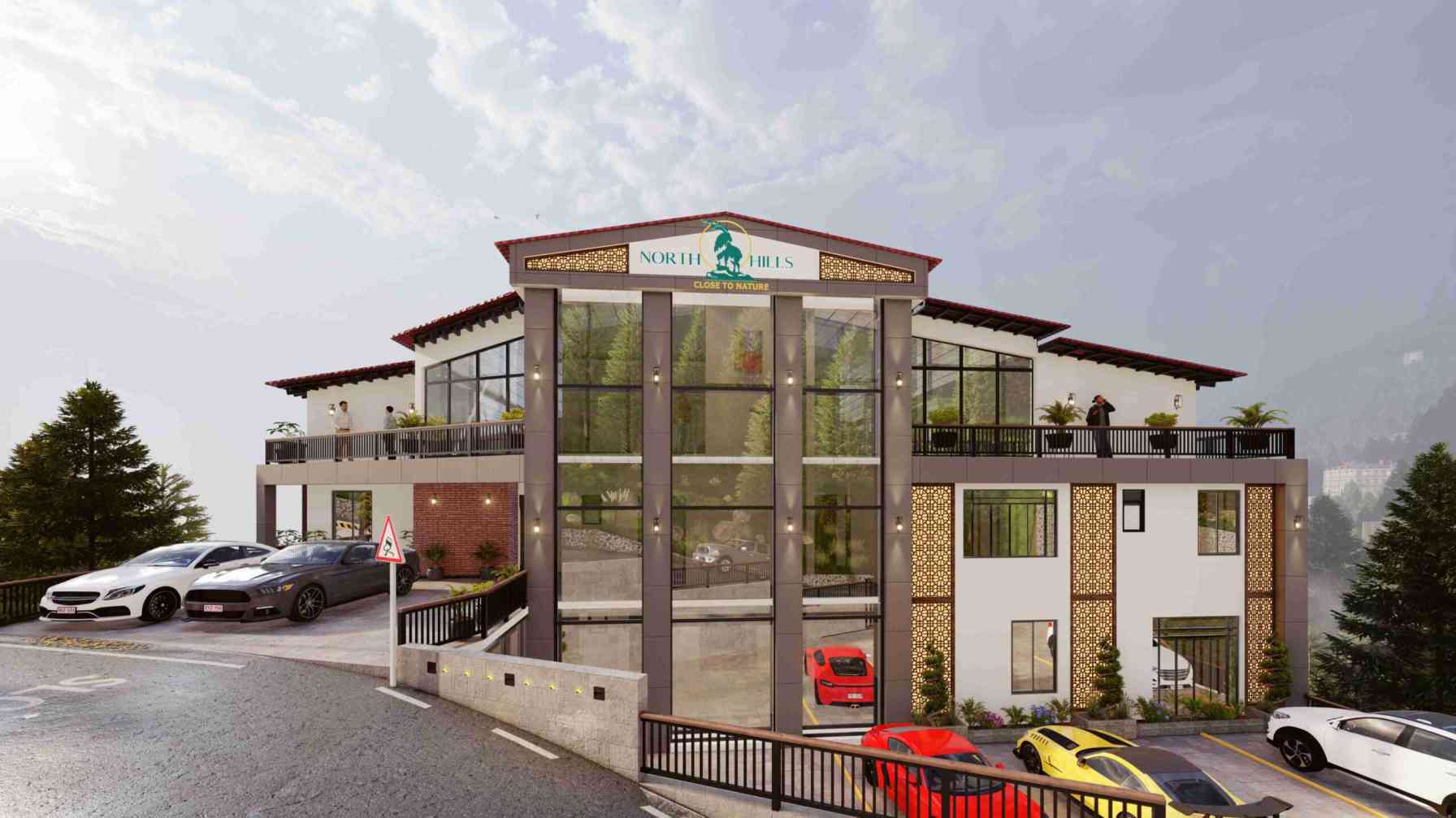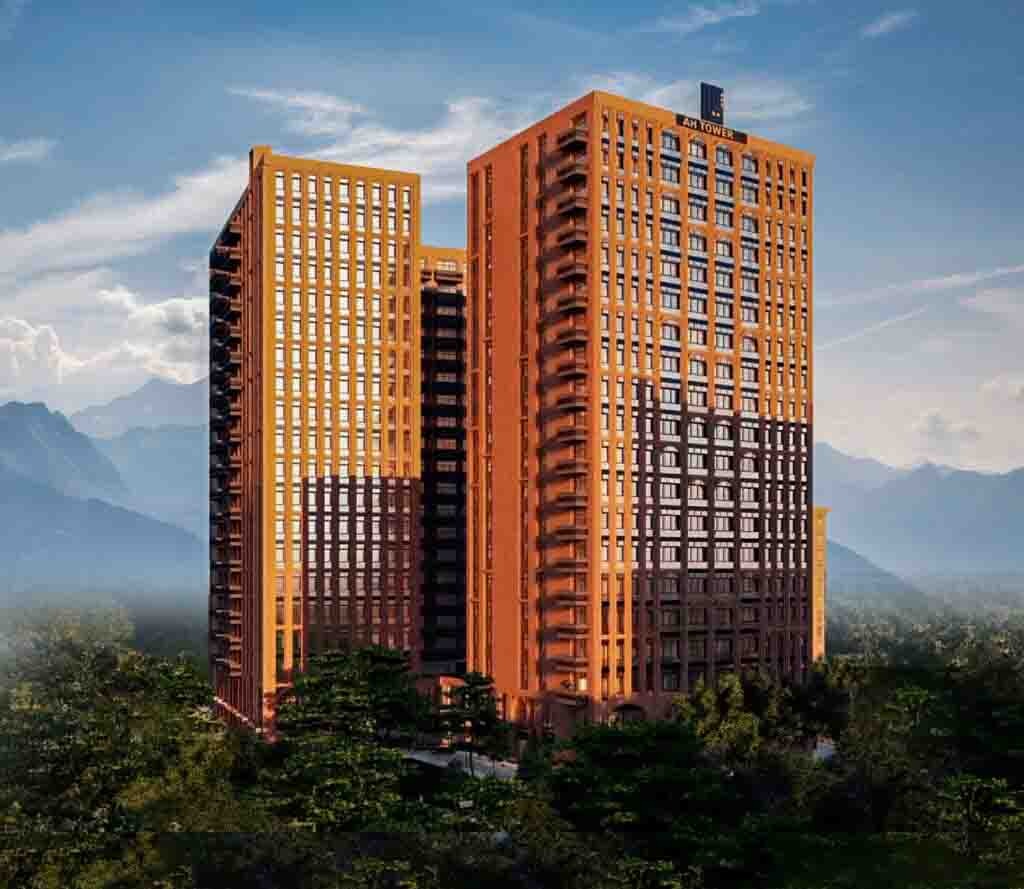Pakistan could easily save water by using drip irrigation method
With water supplies likely to face reduced availability in the future could drip irrigation be the way out to our agricultural needs? If we incorporate drip irrigation into our agricultural infrastructure, this could save millions of feet cubic of water. Normally traditional surface irrigation systems tend to waste a considerable amount of water.
Drip irrigation is the efficient practice of crop irrigation that involves the controlled delivery of water to the plant’s root zone through a network of pipes, in the right quantity, to grow optimally. This economic process can help save water as well as fertilizers, energy, and time.
This technique is 90% efficient at delivering water to the plants individually as compared to other forms of irrigation. It has commonly been used in the West in commercial nurseries and farm operations and has a huge leg up.
How does it work?
A close emitter spacing (12” -18”) and a thin wall (8-10 mil) dripline is injected 1 to 6 on the ground below the surface alongside the plants slowly dripping the water into the soil. These small emitters help release the water slowly and steadily. These emitters are connected to the water source by feeder hoses.
Advantages of Drip Irrigation
Time Efficient: This process saves time, money, and water.
Conserves Water: Water flows efficiently, uses 30 to 50 percent less water than other systems.
100% land utilization and less impact of drought and climate change on food production
Zero leachings: Abundant and efficient use of fertilizer and crop protection with no leaching of water and nutrients.
Decreased labor and Support Communities: This process reduces poverty and supports communities
Minimized pollution: Drip Irrigation systems never cause the deterioration of surroundings
Drip Irrigation in Pakistan
Agriculture is an important sector in Pakistan, it accounts for 24% of Gross Domestic Product and half of labored force and source of largest foreign exchange earnings. However, productivity is still the lowest in the world. It is also pertinent to mention that Pakistan’s productivity is behind regional as well as global yields per acre for scads of crops, stated a report in 2011 by the United Nations Food and Agriculture Organization (FAO).
There are many types of irrigation in Pakistan, of which currently only a few drip irrigation companies are functional. Earlier in 2012-2013, the government of Punjab devised a mechanism to cut water waste which helped almost 7,000 small-scale farmers.
A year ago, the Punjab government had again provided an option to farmers to install drip irrigation systems using solar power to run them. However, some farmers had their grievances as they believed the cost was expensive as the price of drip irrigation system is costly.
Drip irrigation might be the future
Drip irrigation is transforming the lives of millions across the globe enabling farmers to produce higher yields. In 2011, Italy began using the drip irrigation method and the adoption has saved the country 4.3 billion Euros over the next thirty years.
If we adopt the same method, we could conserve water in the coming years. A study released by Water Institute in 2013 stated that 700 million people worldwide could be displaced by intense water scarcity. If this warning is to be believed, it’s crucial to implement ways to conserve water supplies.
With the world population climbing, water scarcity increasing, water stress spreads and expanding agricultural productivity, the only answer to this call is drip irrigation.
Read more blogs:
- Why we need more women in the construction industry
- Australia announces research projects in Pakistan
- Understanding Smart Cities
















